Recipe: Detox Soup
1 leek, cut half, cleaned well, dried and cut into small pieces
2 cloves of garlic, crushed
4 carrots, scrubbed clean, skins on, cut into approx. 1/4″ circles
4 celery stalks, cut into medium dice
3 small rutabagas, peeled and cut into medium dice
8 cups veggie stock
1 tomato, with seeds, diced
2 cups pinto beans
2 bunches of kale, thinly sliced
salt, to taste
fresh cracked black pepper, to taste
Heat a large pot over medium heat. Add the leek and garlic and sweat over low heat, about 5 minutes, stirring occasionally. Add carrots, celery and the rutabagas. Cook for about 3 minutes. Add the stock, tomato and pinto beans, simmer over low heat at least an hour. The longer the better the flavor is. About 15 minutes before serving all the kale. Serve. Season with salt and pepper to taste. Eat.
Health Benefits of the veggies used in this soup:
Leeks: supply plenty of potassium, some folic acid, beta-carotene (in the green stems) and vitamin C. Although less beneficial than onions, leeks may help to reduce cholesterol levels and may offer some protection against cancer. Leeks also assist the body to dispose of uric acid and so are beneficial to those who suffer from arthritis.
Garlic: The allicin in raw, crushed garlic has been shown to kill 23 types of bacteria, including salmonella and staphylococcus. Heated garlic gives off another compound, diallyldisulphide-oxide, which has been shown to lower serum cholesterol by preventing clotting in the arteries. Vitamins in garlic, such as A, B, and C, stimulate the body to fight carcinogens and get rid of toxins, and may even aid in preventing certain types of cancer, such as stomach cancer. Garlic’s sulfur compounds can regulate blood sugar metabolism, stimulate and detoxify the liver, and stimulate the blood circulation and the nervous system.
Carrots: Carrots are actually considered a vessel for Vitamin A. It has a large amount of Vitamin A. Apart from that it is also rich with Vitamin C, Vitamin E, Vitamin B6, Vitamin K and many more.
Celery: This veggie provides an excellent source of vitamin C and fiber. It is a very good source of folic acid, potassium, and vitamins B1 and B6. Celery also offers a good source of vitamin B2 and calcium. Even though celery contains more sodium than most other vegetables, the sodium is offset by it’s high levels of potassium. Celery contains phytochemical compounds known as coumarins. Studies have shown that they are effective in cancer prevention and capable of enhancing the activity of certain white blood cells. Coumarin compounds also lower blood pressure, tone the vascular system, and are possibly effective when used in cases of migraines. Due to the high levels of potassium and sodium, when celery-based juices are consumed after a workout they serve as great electrolyte replacement drinks. Studies have also shown that celery may help to lower cholesterol and prevent cancer by improving detoxification.
Rutabagas: This peculiar veggie is a good source of vitamin C, folate and fiber.
Tomato: They are rich in vitamin C and contain appreciable amounts of vitamins A and B, potassium, iron and phosphorus. A medium tomato has about as much fiber as a slice of whole-wheat bread and only about 35 calories.
Pinto Beans: These beans are a good source of protein, vitamins and minerals. One cup of pinto beans provides one quarter of the U.S. Recommended Daily Allowance of protein for adults. Supplementing the protein of pinto beans with a little meat, dairy products, rice or corn will provide all the essential amino acids. Because beans contain soluble fiber, they can lower blood cholesterol. Pinto beans are a good source of energy and the B vitamins-thiamin, riboflavin and niacin-which are necessary for growth and tissue building. Minerals found in pinto beans include calcium, phosphorus, potassium and iron, all essential to good health. One-half cup of cooked pinto beans furnishes 118 calories. Beans are good for low-sodium diets as they contain only the salt added by the cook.
Kale: This is considered to be a highly nutritious vegetable with powerful antioxidant properties and is anti-inflammatory. It is high in beta carotene, vitamin K, vitamin C, lutein, zeaxanthin and rich in calcium.
Maldon Salt: Salt is essential for life and an important component in the human diet. Sodium is a nutrient that the body cannot manufacture but which is required for life itself. Sodium is easily absorbed and is active in the absorption of other nutrients in the small intestine. It helps regulate water balance, pH, and is important in nerve conduction.
Black Pepper: Black pepper stimulates the taste buds in such a way that an alert is sent to to the stomach to increase hydrochloric acid secretion, thereby improving digestion. Hydrochloric acid is necessary for the digestion of proteins and other food components in the stomach. When the body’s production of hydrochloric acid is insufficient, food may sit in the stomach for an extended period of time, leading to heartburn or indigestion.Black pepper has demonstrated impressive antioxidant and antibacterial effects–yet another way in which this wonderful seasoning promotes the health of the digestive tract. And not only does black pepper help you derive the most benefit from your food, the outer layer of the peppercorn stimulates the breakdown of fat cells, keeping you slim while giving you energy to burn.
*THIS RECIPE WAS REPRINTED WITH PERMISSION FROM CHEZ US

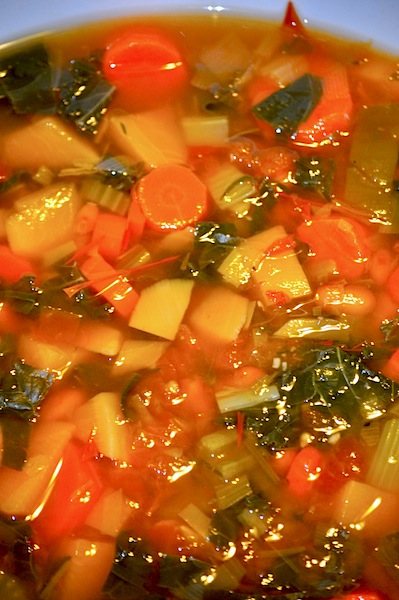
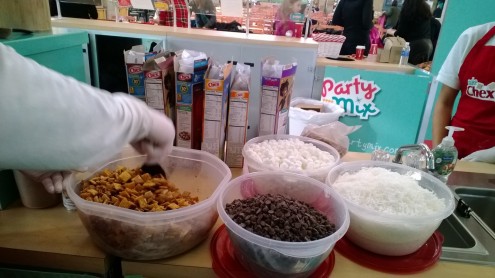

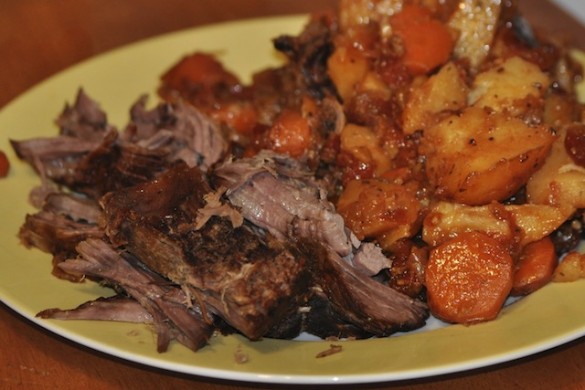
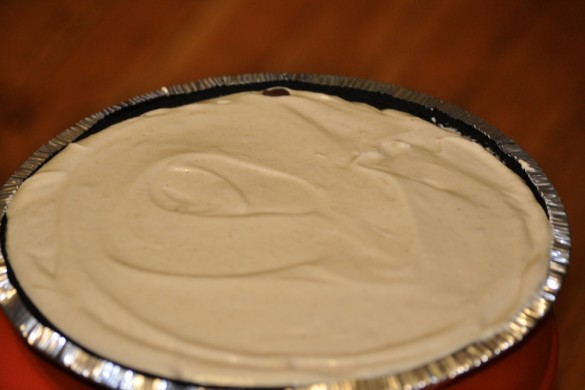

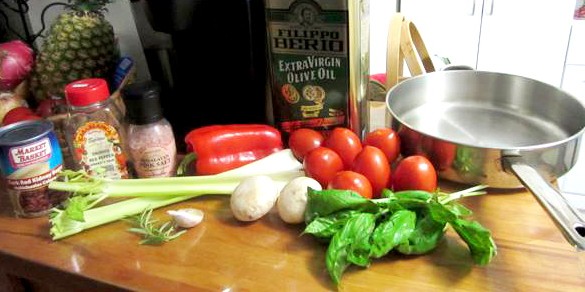
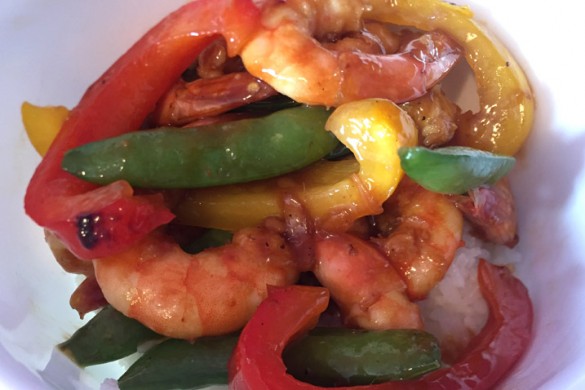
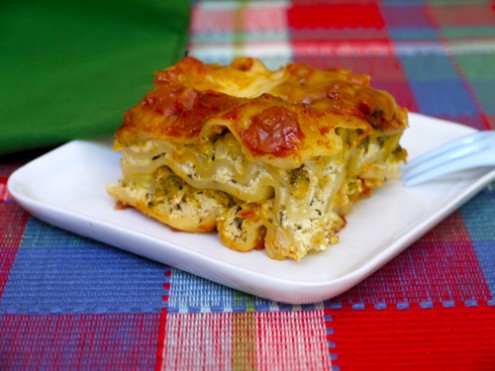
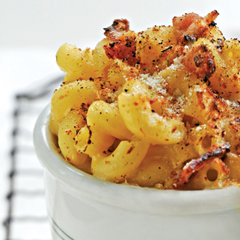
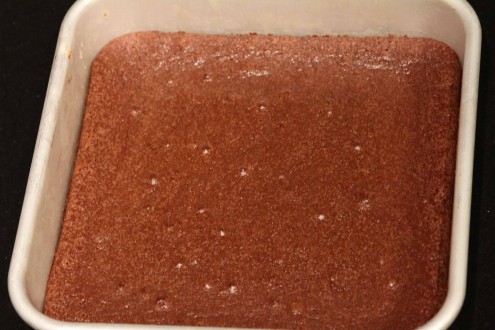
6 comments
I want to eat this–Now! Thanks for adding all the nutritional info, too!
Sounds and looks yummy! Thanks for sharing the recipe.
After all the holiday festivities, I could use a detox soup. I think I will look into making this next weekend.
Thanks for the recipe. 🙂
Can’t wait to try it. Thanks for listing the nutrition information. That’s good to know.
I LOVE healthy recipes! Now that we’re having a baby I really want to cook things like this for our little family.
so you take a plain vegetaable soup, put the word detox in it and everybody wants to eat it. good grief i should be healthy as a horse. i have been eating this stuff all my life